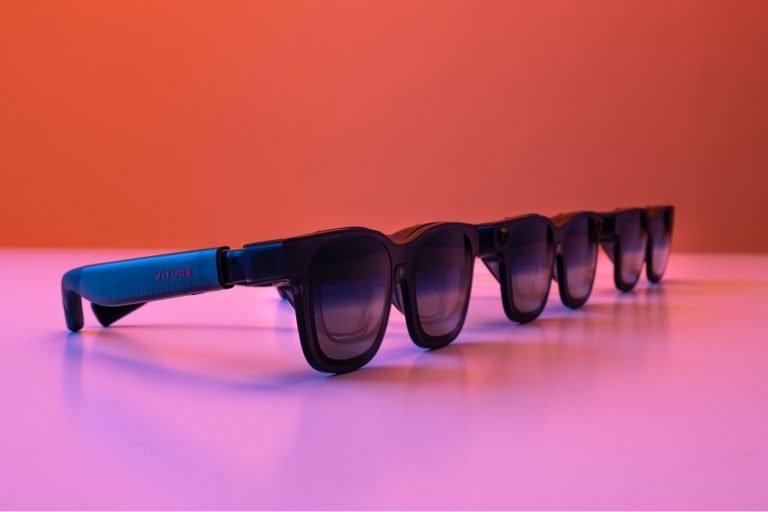
Apple is preparing to release a brand-new iPhone model called the iPhone 17 Air, expected to arrive later this year. This phone is generating a lot of excitement because it’s rumored to be the thinnest iPhone Apple has ever made. Recently, well-known leaker Sonny Dickson shared some close-up images of dummy models (prototype versions) of the iPhone 17 Air, showing just how slim the device looks compared to other models in the iPhone 17 series.
How Thin Is the iPhone 17 Air?
The iPhone 17 Air is expected to be incredibly thin – around 5.5 millimeters thick at its thinnest point. To put that in perspective, the thicker camera bar on the back will add a bit more thickness in that area, but overall, it will still be much slimmer than the iPhone 17 Pro models, which are rumored to be about 8.7 millimeters thick. When you see the two side by side, the difference in thickness is very noticeable.
What’s even more impressive is that the phone’s body is almost as thin as the buttons on its sides! This ultra-slim design is a big change for Apple, which usually focuses on balancing size, durability, and battery life.
Strong and Durable Despite Its Thinness
One major concern with making a phone this thin is durability. Apple wants to avoid any issues like the famous “bendgate” problem that happened with the iPhone 6 Plus, where the phone bent too easily. To make sure the iPhone 17 Air is strong and won’t bend, Apple is reportedly using a mix of titanium and aluminum for the phone’s frame. Titanium is a very strong, lightweight metal that will help keep the phone sturdy without adding extra bulk.
Other articles you may find interesting
Size and Design Choices
Initially, Apple thought about making the iPhone 17 Air with a bigger screen than the expected 6.6 inches. However, they decided against this because a larger display could make the phone more likely to bend. This shows that Apple is paying close attention to the phone’s durability while still trying to offer a good-sized screen.
Camera and Battery
To keep the phone so thin, Apple is believed to have chosen to include just a single rear camera instead of multiple lenses. This decision helps save space inside the phone, which can then be used for a bigger battery. Despite the slim design, Apple aims to maintain battery life similar to current iPhone models, so users won’t have to worry about charging more often.
No SIM Card Slot, Thanks to eSIM
Another interesting change is that the iPhone 17 Air will likely get rid of the physical SIM card slot altogether. Instead, it will use eSIM technology worldwide. eSIM is a digital SIM that allows you to activate a cellular plan without needing a physical card. Removing the SIM slot helps Apple save even more space inside the phone, contributing to its thinness.
New Modem for Better Efficiency
The phone will also feature Apple’s new custom-designed C1 modem, which was first introduced in the iPhone 16e. This modem is known for being very efficient, helping the phone maintain good battery life and fast connectivity despite the smaller size.
What This Means for iPhone Fans?
The iPhone 17 Air looks like it will be a major step forward in terms of design and engineering. Apple is pushing the limits of how thin a smartphone can be without sacrificing strength or battery life. The device’s sleek look, combined with modern features like eSIM and the new modem, makes it an exciting option for people who want a stylish, lightweight phone that still performs well.
Apple usually announces new iPhones in September, so we can expect to learn more about the iPhone 17 Air and the rest of the iPhone 17 lineup around that time.
If you want, I can also help summarize the key points or provide a comparison with previous iPhone models!





